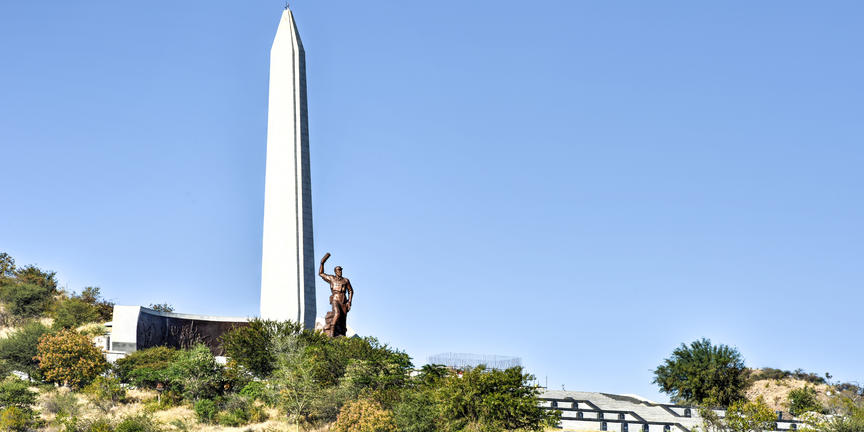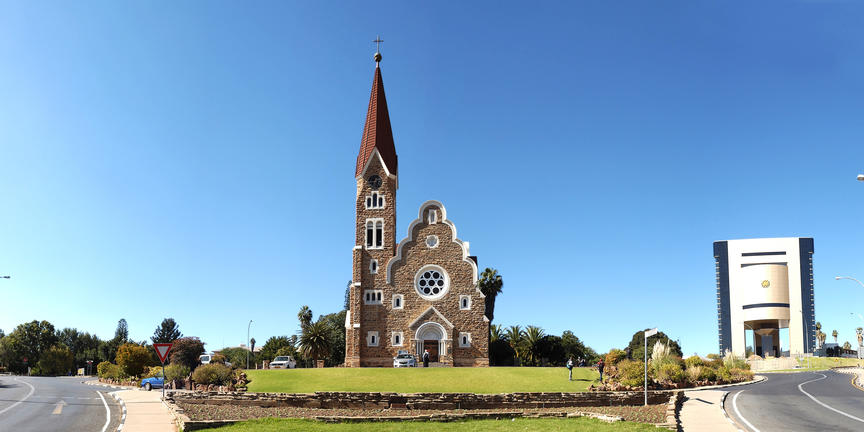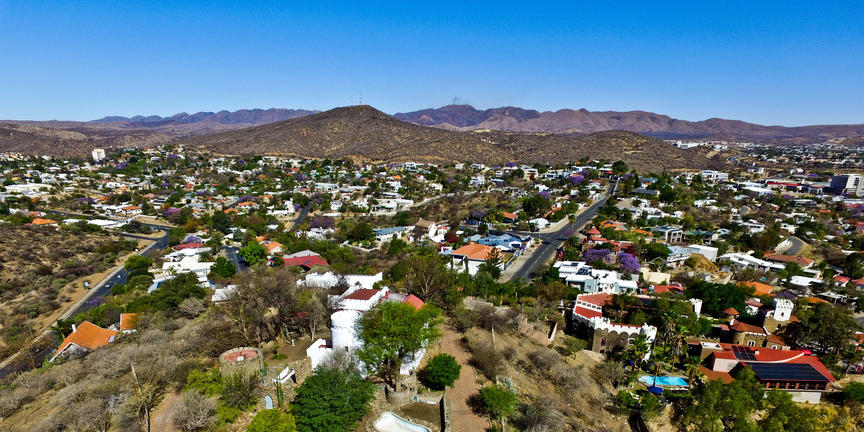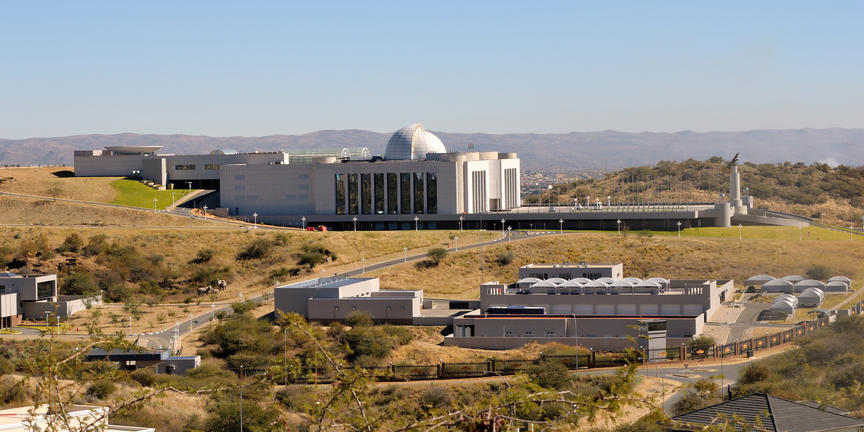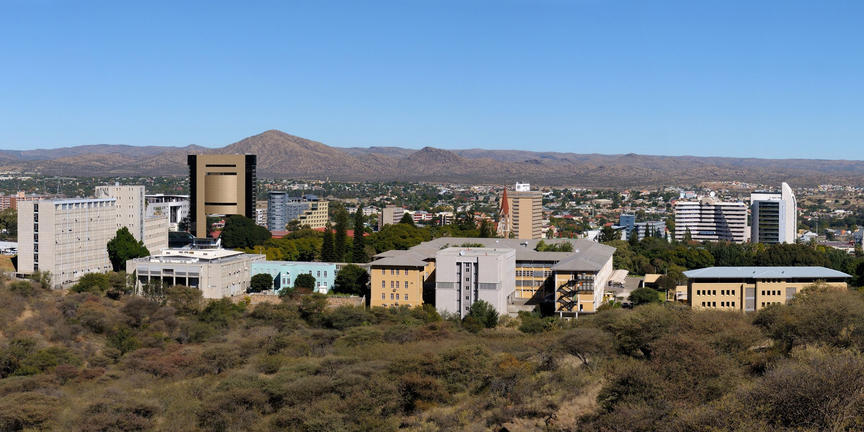Situated in Central Namibia, the cosmopolitan city of Windhoek serves as the capital of the country. It is home to an international airport and a plethora of restaurants, shops, entertainment venues and accommodation options. The city is clean, safe and well-organised, with a colonial legacy that is reflected in its many German eateries and shops, and the widespread use of the German language. Windhoek has an interesting mix of historical architecture and modern buildings, many of which are worth a look, including the Alte Feste an old fort, the 1896 Christuskirche Christ Church, and the more contemporary Supreme Court.
Due to Namibia's complex and intertwined history, you will see people of all colors and cultures in our capital of Windhoek. From the fairest blond to striking women in traditional dress - all seem to possess a wonderful sense of pride, hope and ambition. It's not only the perfect place to start or finish your holiday, but well worth a visit in its own right...
Windhoek is often described as a city with a 'continental' atmosphere. This can be ascribed to its architecture - historical buildings dating back to German colonial rule - as well as its cuisine, culture, dress codes and educational institutions. At the same time Windhoek has the color, sounds and tempo of a modern African city.
Pavement displays of African drums and woodcarvings from the north contrast with elegant shops offering sophisticated Swakara garments and Namibian gemstones set in individually designed jewellery. While some shops display clothing, silver and glassware imported from Europe, others stock casual and colorful garments from West Africa.
Because of the many hot springs in the area, Windhoek was initially known as Ai-gams, a Nama word meaning 'firewater', 'steam' or 'smoke', and Otjomuise, a Herero word meaning the 'place of steam'. The Nama captain, Jan Jonker Afrikaner, gave the town the name it carries today.
Windhoek has an active and lively community of art and craftspeople. The Namibia Craft Centre in Tal Street is an excellent showcase for local crafts and fashion, especially for products that are pioneering and innovative. The Craft Centre creates opportunities for artists, low-income craftsmen and communities to build profitable businesses by offering linkages to local and new markets.
A visit to Katutura offers the opportunity to learn about the history, development and people of the township, established in the 1950s as part of South Africa's apartheid policy of divide and rule. Today Katutura is a crowded suburb where people from different cultures live together and is one of the most lively areas of the capital city.
So upon arrival to Namibia, check into your accomodations, put on a good pair of walking shoes and head out into the capital city to begin exploring your Namibia.

